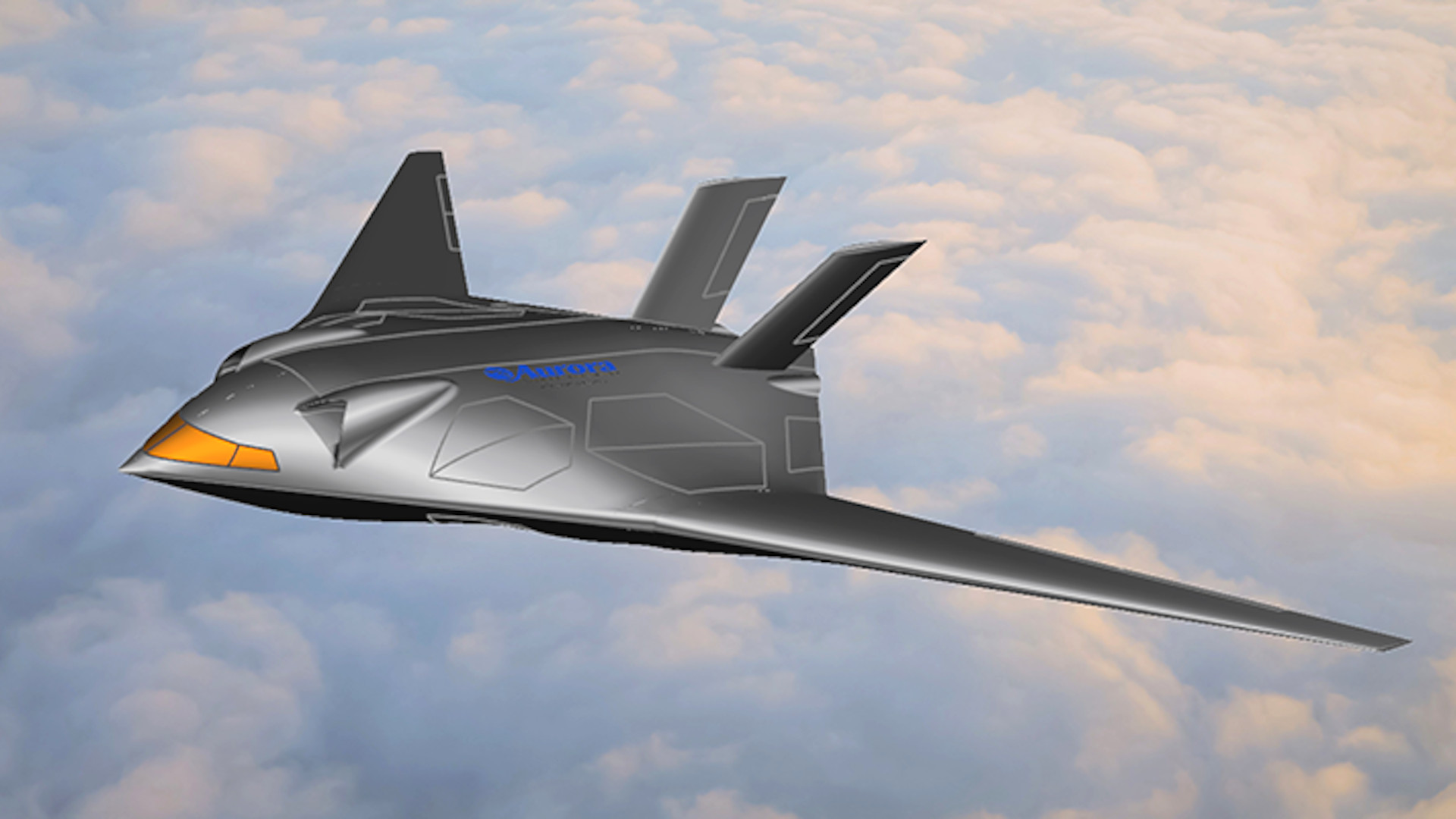Aurora Flight Sciences has offered a new look at an experimental high-speed, runway-independent, vertical takeoff and landing-capable aircraft it is developing for the U.S. Defense Advanced Research Projects Agency. Such a design, which features an array of dedicated lift fans, could provide valuable operational flexibility and help reduce vulnerability in future conflicts, especially high-end ones against a potential near-peer opponent like China. Aurora’s concept also interestingly evokes a host of others that the U.S. military has explored since the 1980s, primarily to support special operations forces, as The War Zone has explored in exhaustive detail in the past.
Aurora, a subsidiary of Boeing focused on advanced aerospace research and development, released the rendering of the design it is working on as part of the Defense Advanced Research Projects Agency’s (DARPA) Speed and Runway Independent Technologies (SPRINT) project yesterday. Earlier this month, DARPA announced that it had awarded contracts to Aurora, as well as Bell, Northrop Grumman, and Piasecki Aircraft, to refine their respective proposals as part of the first phase of SPRINT.
As a result, we also know that another rendering that DAPRA previously released in relation to the SPRINT effort, seen below, was an earlier version of Aurora’s concept.
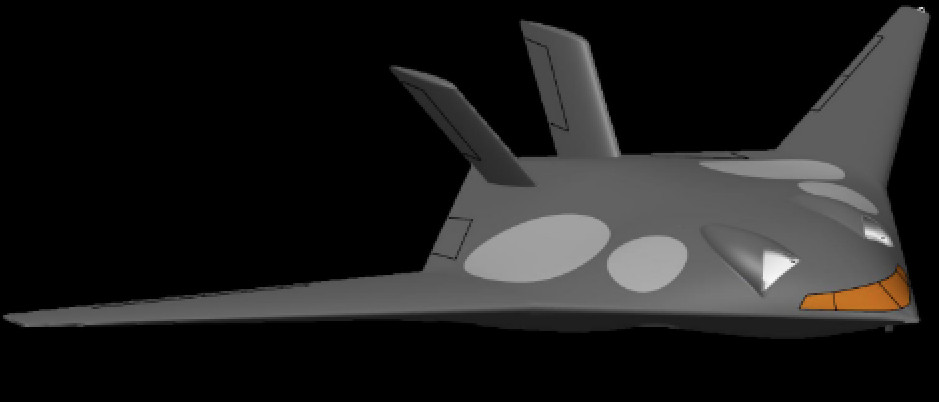
“Aurora is designing a high lift, low drag fan-in-wing (FIW) demonstrator aircraft that integrates a blended wing body platform, with embedded engines and moderate sweep, with a vertical flight design comprised of embedded lift fans linked to the engines via mechanical drives,” according to a company press release. “The aircraft would deliver game-changing air mobility capability by combining cruise at over 450 KTAS [knots true airspeed] with vertical takeoff and landing (VTOL) in a single platform.”
Aurora’s latest rendering shows a relatively typical blended wing body configuration with twin vertical tails. Blended wing body planforms offer advantages when it comes to fuel efficiency, lift, and internal volume, among other things, over traditional wing and tail configurations.
Blended wing body designs also naturally offer benefits when it comes to reducing radar cross-section, as well. Aurora’s SPRINT concept appears to have low-observable (stealthy) features that would give it a reduced signature design. This includes the shape of its beak-like nose, its chine line, and its buried engine configuration with blended inlets atop the aircraft. The aircraft’s vertical tail arrangement and shape is also familiar in other low observable designs. It is outwardly reminiscent in some broad strokes, particularly in its overall planform to Lockheed’s Senior Peg stealth bomber design, which lost out to what would evolve into the B-2. It shares similarities with other more modern designs, too.
The U.S. military has long had a separate interest in blended wing body aircraft more generally for these reasons. Aurora’s parent company Boeing has significant experience with designs of this type and just unveiled a new stealthy one, which is intended to take off and land conventionally, earlier this year. In August, separate from SPRINT, the Air Force also hired aviation startup JetZero to develop another conventional takeoff and landing blended wing body demonstrator. The service says this experimental aircraft, informally referred to as the XBW-1, will help inform its plans for future airlifters and aerial refueling tankers.
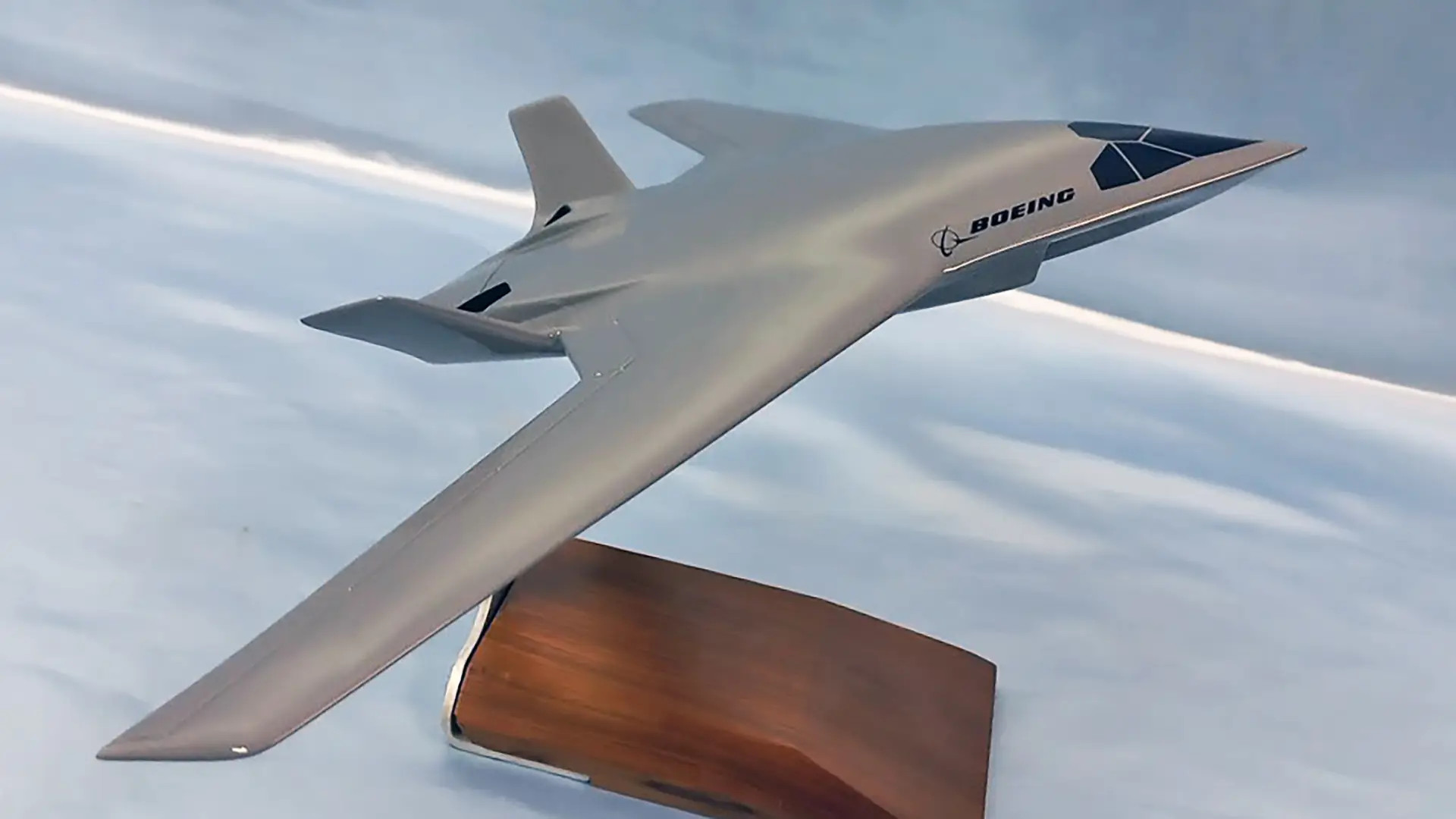
To provide the vertical takeoff and landing capability required by SPRINT, the Aurora design has two pronounced engine intakes on top of the forward end of the fuselage and corresponding exhausts at the rear. In line with the aforementioned details from the company’s press release, there are what look to be two pairs of vertical lift fans in the mid-section of the aircraft hidden behind split hexagon covers above and below the fuselage. In the earlier rendering that DARPA released, the lift fan sections were circular in shape, but the core design concept was otherwise the same.
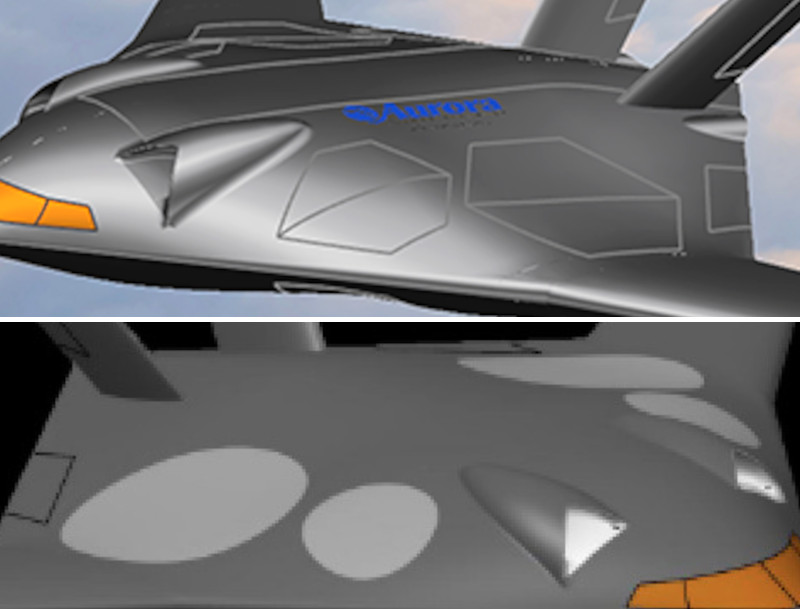
Though details about Aurora’s proposed design are still limited, in many past fan-in-wing concepts the lift fans are powered via driveshafts linked to the aircraft’s main engines. This is how the lift fan in the F-35B variant of the stealthy Joint Strike Fighter, which is mounted in the forward fuselage of that aircraft, not in the wing, also works.

Other ways of powering the lift fans do exist. Using diverted exhaust from an aircraft’s main engines to directly put the blades of unpowered fans has been utilized in other past designs.
A direct power source separate from the aircraft’s main engines to power the fans is another option. There have been significant advances in using turbines to power electric motors on aircraft in recent years, but this kind of configuration might still not be powerful enough for an aircraft of the size and weight that DARPA is interested in for SPRINT.
There are significant potential drawbacks to any of these lift fan arrangements owing to the complexities of the drive systems and/or separate powerplants that are required to run them. The aircraft also has to carry all that added bulk and weight, despite vertical flight only being expected to make up a relatively small portion of any sortie. For the kinds of extremely demanding missions that an aircraft of this type could be called upon to perform, that might still be seen as a worthwhile tradeoff.
Aurora does say its SPRINT design leverages work done on “past flight programs like the Boeing X-48 blended wing body aircraft and the Aurora Excalibur UAS that combined jet-borne vertical lift with three electric, louvered lift fans that would retract into the wing in forward flight.”


Interestingly, Aurora does not mention its XV-24 LightningStrike uncrewed vertical takeoff and landing design, which it developed for DARPA’s Vertical Take-Off and Landing Experimental Aircraft program, or VTOL X-plane, in the 2010s. That design used two sets of articulating wings containing rows of articulating electric fans, which were powered by a central gas turbine, for both vertical and level flight. DARPA canceled that program before flight testing of the full-scale XV-24 began.


For its part, DARPA, which first unveiled SPRINT in March and is running it in cooperation with U.S. Special Operations Command (SOCOM), has publicly described the project as relatively open-ended.
Though SPRINT has a stated interest specifically in “air mobility platforms,” the project’s central goals are to “demonstrate the key technologies and integrated concepts that enable a transformational combination of aircraft speed and runway independence” and “validate enabling technologies and integrated concepts that can be scaled to different size military aircraft,” according to DARPA.
In terms of more specific requirements, DARPA has simply said in the past that the design concepts have to be runway-independent, able to hover over “unprepared surfaces” in “austere environments,” and cruise at between 400 and 450 knots.
Another rendering DARPA previously released in relation to SPRINT, seen below, shows a so-called “convertiplane” concept. This design has a more traditional wing and tail planform, but with rotors on their wingtips to provide vertical lift. In level flight, the blades on those rotors are stowed away in an aerodynamic fashion and the aircraft uses normal jet engines for propulsion.
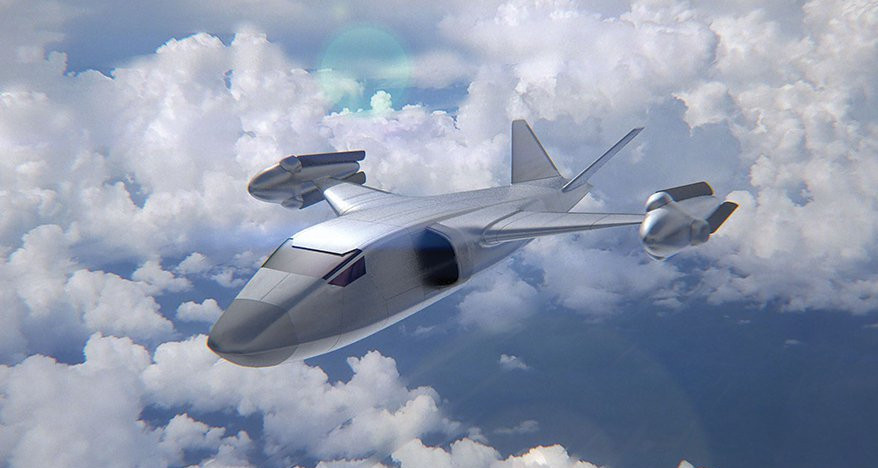
The convertiplane concept that DARPA has shown is very similar to designs that Bell has publicly put forward in recent years, and could very well be related to that company’s proposal for the SPRINT project. The computer-generated video below from Bell offers a good visual overview of how a design like this is intended to work.

Neither convertiplanes nor fan-in-wing concepts are in any way new. In fact, what is perhaps most interesting about Aurora’s SPRINT design is just how similar it is to a multitude of others that have been publicly put forward by a number of companies, including Lockheed and Northrop (which have since evolved into Lockheed Martin and Northrop Grumman respectively), since the 1980s. More may have existed to varying degrees in the classified world, as well.
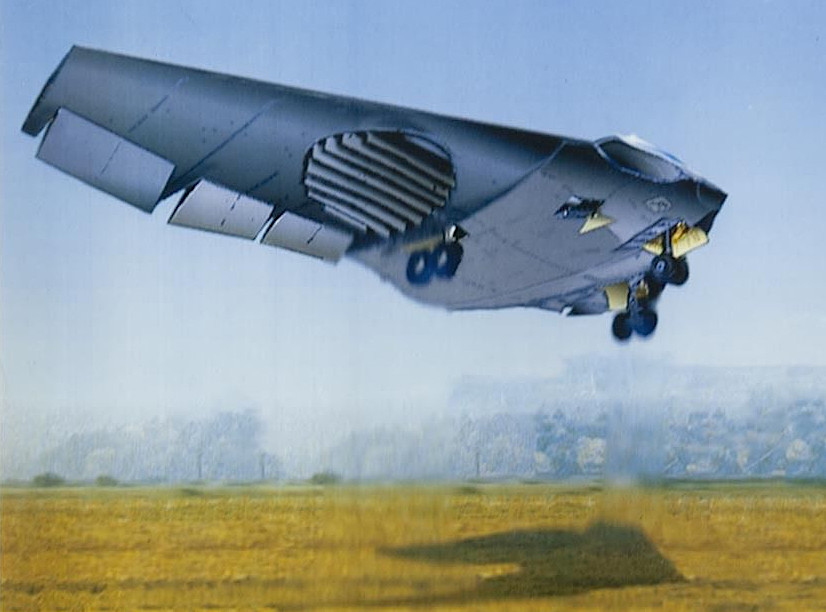
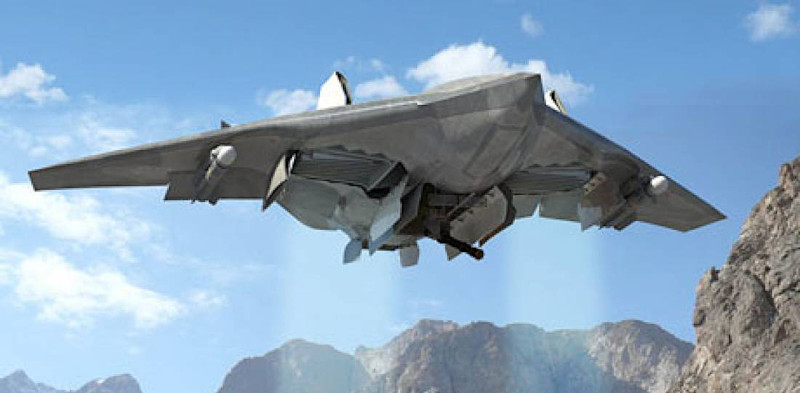
In fact, North American Aircraft, which subsequently became part of Rockwell International and was then acquired by Boeing, proposed a vertical takeoff and landing capable blended wing body special operations transport with lift fans in its mid-section to the U.S. Air Force in the 1990s. This design concept has some very general similarities to the one Aurora has now put forward.
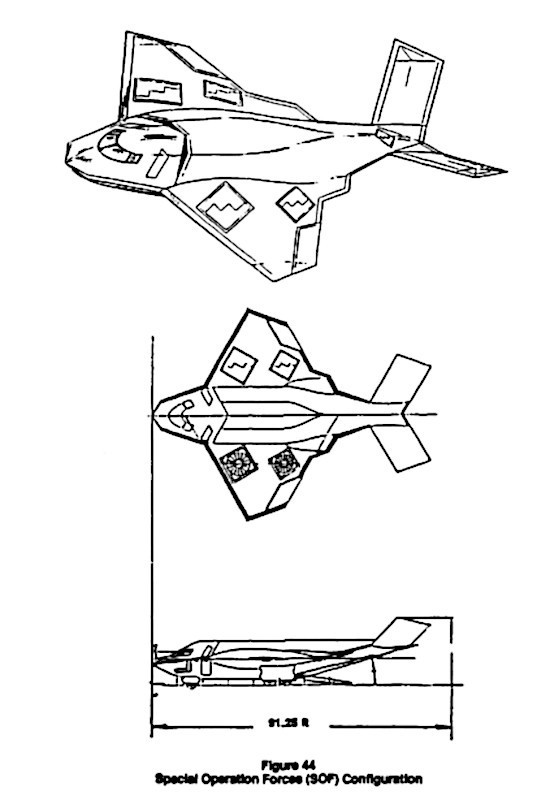
Many of these design concepts have also been proposed specifically for special operations use, which is also notable given SOCOM’s current participation in SPRINT. You can read about these past proposals in great depth in this part two-part War Zone feature.
The U.S. special operations community still has the same general requirements for a transport aircraft with appreciable range and speed that can land and take off from an objective without the need for a traditional runway, or even anything approximating one. American special operators have expressed interest in the past in additional capabilities to make such an aircraft more survivable and be better able to ingress and egress discreetly from a denied or otherwise sensitive locale. Separate from SPRINT, SOCOM had announced a very similar effort called High-Speed Vertical Take-Off and Landing (HSTVOL) back in 2021.
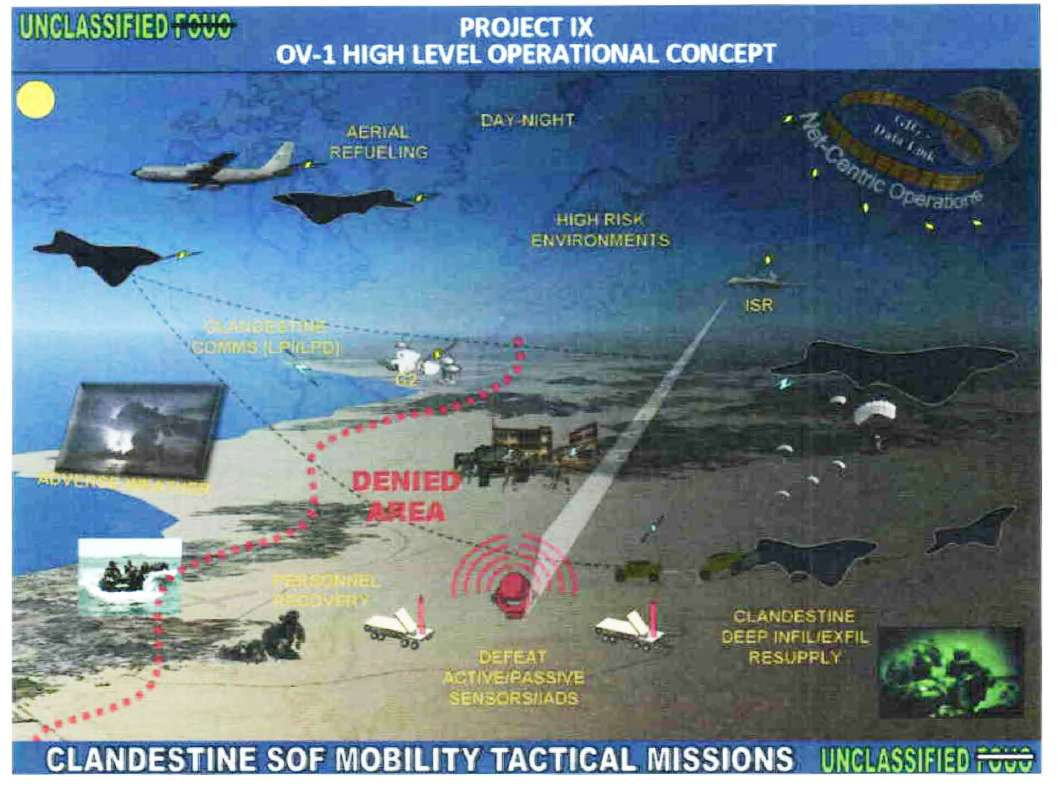
There is a more general surge in interest currently across the U.S. military in aircraft that are capable of runway-independent operations, or that at least can operate from very short runways, to perform a variety of missions, not just airlift. The War Zone has been drawing attention to the benefits these capabilities offer, especially when it comes to future uncrewed platforms, for some time now.
For the U.S. military, this is all heavily tied to new distributed and expeditionary concepts of operations that are being developed, especially by the U.S. Air Force and the U.S. Marine Corps. This is all intended to help reduce reliance on large, established bases, reduce vulnerability, and otherwise complicate enemy targeting cycles. This is a particular concern about China’s ability to launch large-scale standoff strikes against key strategic facilities in the opening phases of any potential high-end conflict in the Pacific.

“The thought that we have, and [have been] working with the combatant commands [on], is a hub and spoke model, where as many spokes as I can operate out of complicates the enemy’s targeting capability,” Thomas Lawhead, head of the Air Force Futures office at the Pentagon, explained during a virtual event hosted by the Air & Space Forces Association’s Mitchell Institute yesterday. “Where we see that coming to some fruition is the ability to get into shorter and shorter runways. So, as we get into runway flexible, runway independent capabilities, that starts to expand the number of spokes that we can do.”
“Our analysis” around potential future major conflicts has shown “we lose more aircraft … on the ground than we do airborne,” Lawhead added.
“Being able to get away from the use of relatively long runways is a nice feature for us,” Secretary of the Air Force Frank Kendall, speaking specifically about planning around the service’s future fleet of advanced Collaborative Combat Aircraft (CCA) drones, said at a separate event at the Center for a New American Security (CNAS) think tank on Monday. “It makes the aircraft much more survivable.”
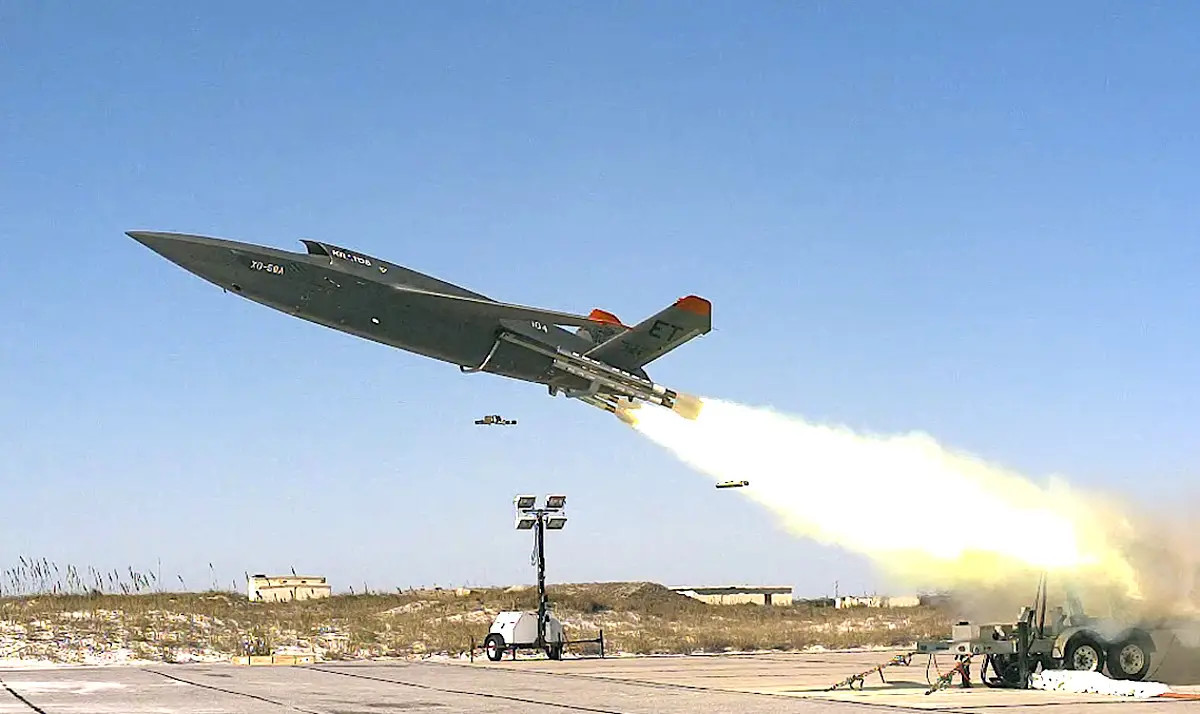
Whether or not Aurora’s SPRINT proposal turns into a real aircraft remains to be seen. DARPA says it aims to fund the creation of an actual X-plane demonstrator in the second phase of the project, but only time will tell which proposals are chosen to advance to that stage.
Regardless, it is interesting that a fan-in-wing concept has emerged yet again in the context of a potential airlifted design that could be especially well suited to support American special operations forces. SPRINT could offer a new path for the U.S. military to finally realize its dream of obtaining this kind of capability, if it hasn’t already, even on a small scale, in the classified realm.
Contact the author: joe@thedrive.com
